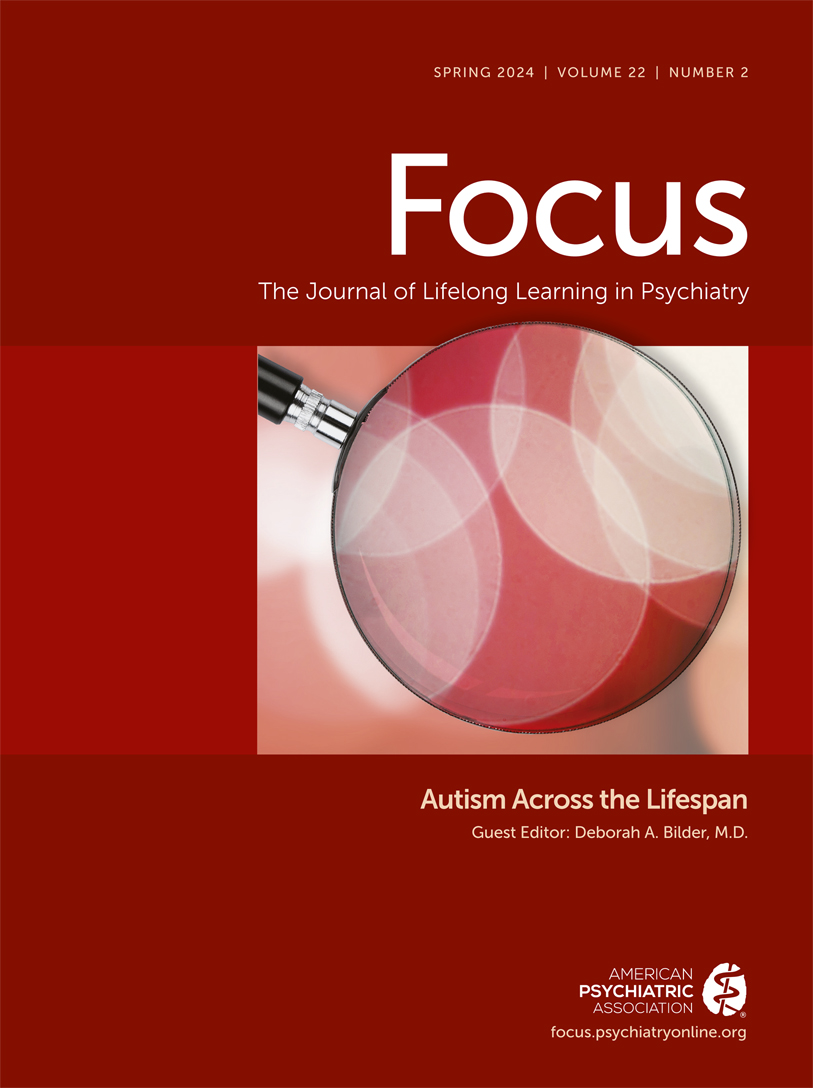Implementing a Holistic Review Process for Psychiatry Residency Screening and Interviewing
Abstract
Within psychiatry, the proportions of individuals underrepresented in medicine (URM) are lower than are the proportions among the general U.S. population. Holistic review of residency applications may alleviate deficiencies in representation and disparities in care.
A holistic review process was implemented (2021–2022) in the University of California, San Diego, psychiatry residency program. The data (2016–2022) were extracted from the Electronic Residency Application Service to compare differences in the applicant pool before and after implementation of the holistic review.
A total of 6,602 individuals applied to the program between 2016 and 2022, increasing from 762 in 2016 to 1,148 in 2021. The proportion of women applying significantly increased (χ2=12.6, p<0.002), from 42.3% in 2016 to 50.6% in 2022. Across all years, a significantly greater proportion (χ2=22.0, p<0.001) of those selected to interview were women (55.1%), with the greatest proportion in 2022 (64.5%), after implementation of the holistic review. The proportion of applicants from URM groups significantly increased (χ2=28.0, p<0.001), from 13.4% in 2016 to 21.3% in 2022. There were no significant differences in the proportion of these applicants selected to interview across all years and no increase following the holistic review.
The proportion of women interviewed was greater than the proportion of women who applied, particularly after implementing the holistic review. The proportion of applicants from URM groups increased over time and, although the proportion interviewed remained greater than the number applying, that number did not change across the years studied.
Access content
To read the fulltext, please use one of the options below to sign in or purchase access.- Personal login
- Institutional Login
- Sign in via OpenAthens
- Register for access
-
Please login/register if you wish to pair your device and check access availability.
Not a subscriber?
PsychiatryOnline subscription options offer access to the DSM-5 library, books, journals, CME, and patient resources. This all-in-one virtual library provides psychiatrists and mental health professionals with key resources for diagnosis, treatment, research, and professional development.
Need more help? PsychiatryOnline Customer Service may be reached by emailing [email protected] or by calling 800-368-5777 (in the U.S.) or 703-907-7322 (outside the U.S.).



